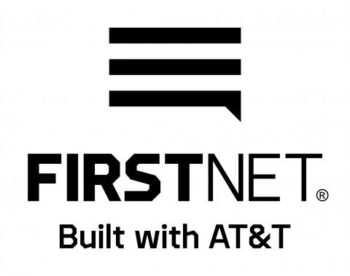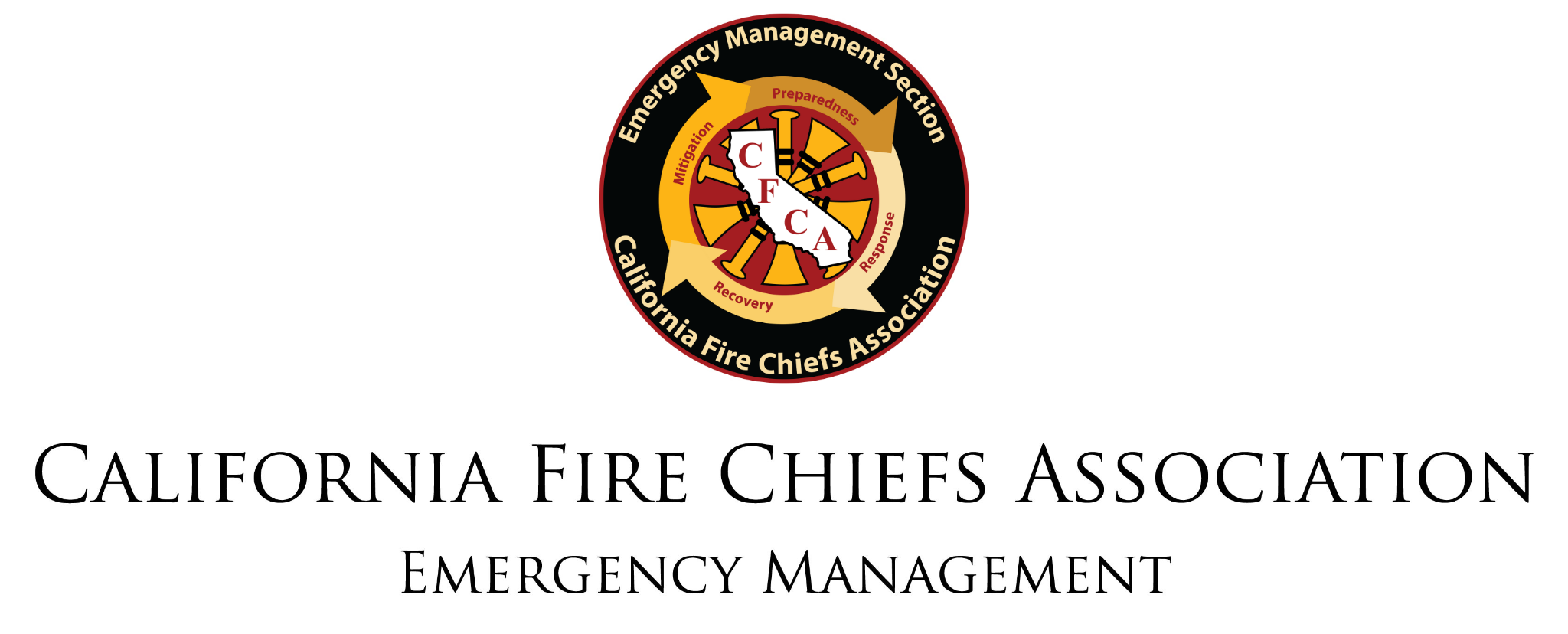The COVID-19 pandemic brought a lot of new challenges to the forefront. It increased the…

Emergency management requires multi-agency interoperability
The City of Fresno is a community of over 540,000 people that covers over 115 square miles. Nestled in the San Joaquin Valley near the center of the state, Fresno is the 5th largest city in California and the 34th largest in the nation. While it’s a large metropolitan city, the area is heavily agricultural and responsible for much of the nation’s food supply. It’s also home to about 1 million residents.
With such disparate terrain, the ability for county and city officials to communicate with each other – and with other agencies – is critical. The Fresno Sheriff’s Department has sworn personnel, a mounted posse, an air squadron, and mountaineer and canine volunteers. And the agency needs to be able to communicate with its deputies when they are in remote locations. They need to be able to talk to each other and to communicate with other agencies involved.
The Situation
But the rugged terrain presented challenges for the department, both with reliable communication to keep personnel safe and interoperability.
“That’s been a common theme in my nearly four decades in law enforcement when it comes to the after-action reports of major incidents,” Fresno County Sheriff Margaret Mims said. “Almost every time, communication among agencies has been an issue. When I heard about FirstNet, I thought, ‘Here’s our opportunity to fix that problem.’ ”
The City of Fresno Police Department – which is made up of over 779 sworn officers and 263 civilians positions – also wanted to ensure that it could communicate and collaborate with partner agencies in the county. The department has four divisions, including patrol, investigations, patrol support and administration. And it serves the community with five policing districts. Because of the metropolitan population, the department faces many of the same situations major cities across the United States face.
Capt. Don Gross is a 29-year veteran with the Fresno Police Department and he oversees the Communications/Data Analysis Bureau. Capt. Gross said the department was aware of FirstNet through the federal program and was very interested in becoming a part of a nationwide planned system.
“Once we confirmed that our partner agencies were moving to FirstNet we wanted to ensure consistency across our region,” he said. “With FirstNet, we have had consistent system up time, with no issues occurring.”
The Solution
FirstNet teams worked with local network engineering and external affairs to meet with key decision makers with both the Fresno Sheriff’s Department and the Fresno Police Department to provide input on plans over an 18-month period and talk through coverage needs in key areas.
Sales teams explained the benefits of Band 14 in those areas, as well as the availability of additional resources – like Satellite Cells on Wheels, Cells on Light Trucks and even Cells on Wings. In addition, sales teams talked with officials about the benefits of bringing key departments that support first responders onto FirstNet – so they could help in the emergencies.
The county agreed FirstNet was the best long-term solution for its personnel. And the City of Fresno soon followed. Read more about why Fresno County joined FirstNet. Watch the video to hear how why Fresno Sheriff Margaret Mims decided her department needed to adopt FirstNet.
What is FirstNet
FirstNet is the nationwide wireless communications platform built with and for first responders. It grew out of the devastating losses from the terrorist attacks of 9/11. The attacks exposed glaring weaknesses in our communications systems. Cell service was spotty. Countless emergency response teams could not communicate using their trusted radios. And many first responders lost their lives.
So, the public safety community advocated for a reliable, communications network for first responders. In 2012, Congress established the First Responder Network Authority and charged it with building a network just for first responders.
And FirstNet was born. FirstNet is built for all public safety. That means every first responder in the country – career or volunteer; federal, tribal, state or local; urban, suburban or rural. And reaching rural and remote parts of America is one of our top priorities.
Using all AT&T LTE bands and Band 14 spectrum, FirstNet already covers more than 99 percent of the U.S. population today.
For more information about FirstNet in California, go to firstnet.com/ca, or please contact Kristi Mercado at kristi.mercado@att.com.
@2021 AT&T Intellectual Property. FirstNet and the FirstNet logo are registered trademarks of the First Responder Network Authority. All other marks are the property of their respective owners.

